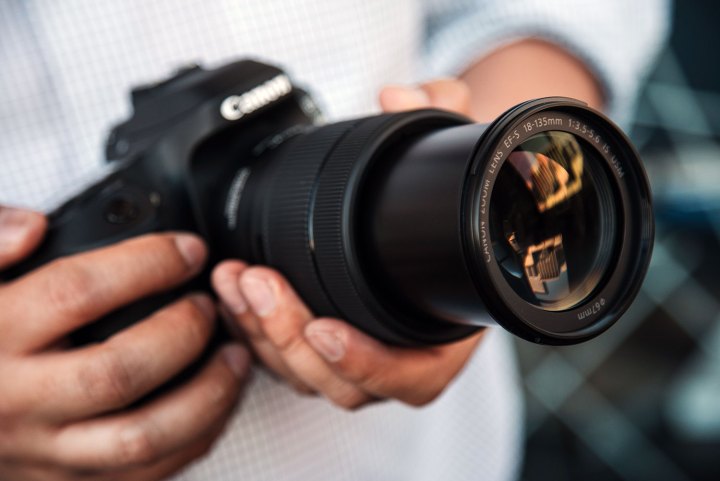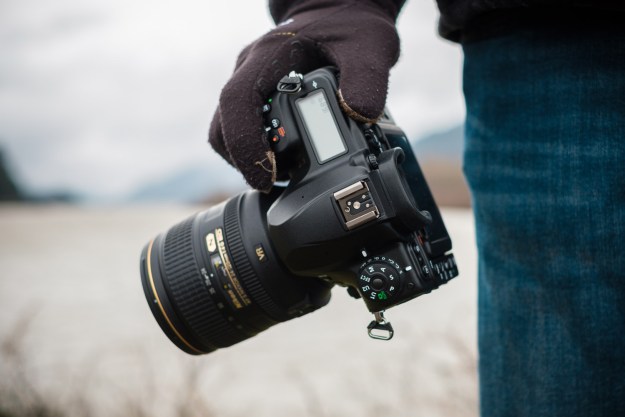
The EF-mount, which stands for Electro-Focus, was introduced in 1987 alongside the first EOS SLR camera. Rebuilt from the ground up, it completely replaced Canon’s older FD-mount.
When it launched, the EF 100-400mm f4.5-5.6L IS II lens included some radical new features, including fully electronic communication between the camera body and lens without any mechanical screw drives or aperture control levers. It put the autofocus motor into the lens itself, which enabled the use of dedicated focus motors for each lens, optimizing performance. At the time, it was also the widest diameter 35mm lens mount, which allowed for fast, f/1.2 aperture lenses.
As the mount evolved, Canon built additional technology into EF lenses, including ultrasonic focus motors, optical image stabilization, diffractive optics, and more. Since its introduction, EF served as Canon’s sole interchangeable lens mount on both film and digital still cameras until the launch of the EOS M mirrorless line in 2012 and the accompanying EF-M lens mount.
In recent years, Canon expanded its EF product lineup with the Cinema EOS range of video cameras that started with the C300. Along with the launch of that camera, Canon began remaking many of its popular prime lenses in cinema-standard varieties and also introduced cinema zoom lenses. When counting its cinema line, Canon currently offers 97 EF lens models.
For comparison, Nikon announced in July that it had surpassed the 100-million barrier for its Nikkor lenses. While Nikon doesn’t have a cinema line, it still offers more than 90 Nikkor models. It has also been using the Nikkor brand since 1932 and its current F-mount since 1959, which gave it a head start on Canon’s EF. But Canon apparently had plenty of time to catch up — it has remained the No. 1 seller of interchangeable lens cameras since 2003.
Editors' Recommendations
- Lens teardown reveals how Canon made an affordable super-telephoto
- Debunked: Canon is not recalling or delaying shipments of the EOS R5
- Canon’s EOS R5 and R6 will dominate mirrorless — and kill the DSLR
- Canon EOS R5 will be a video beast, with 8K RAW, 4K at 120 fps
- The best Canon cameras




